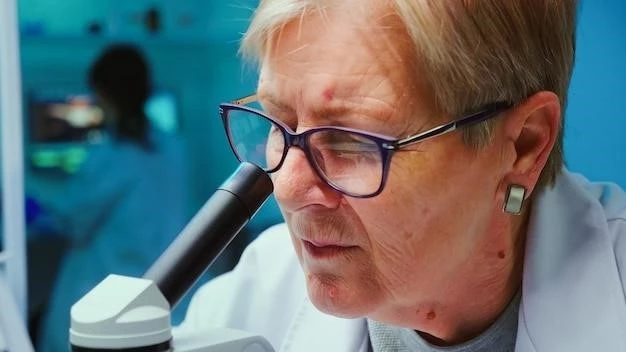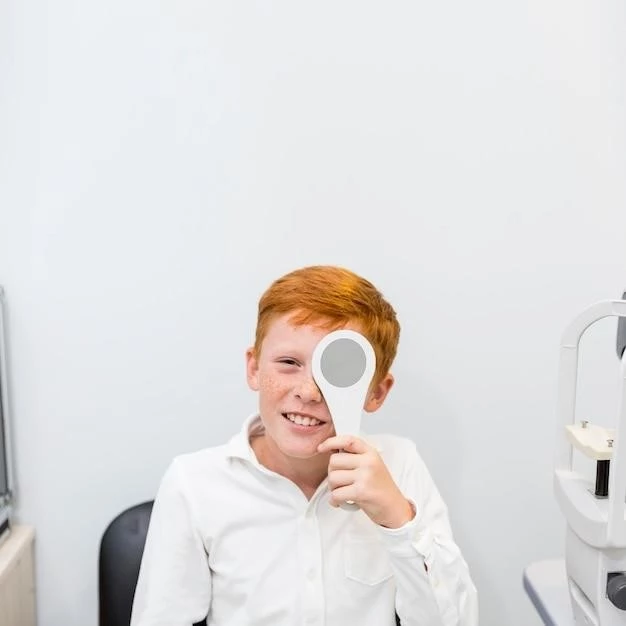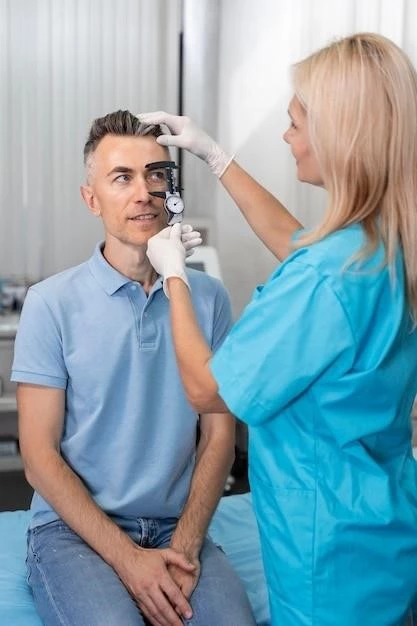Introduction
Axenfeld-Rieger syndrome is a rare genetic disorder affecting the eyes and various body parts․ It involves ocular and dental abnormalities with genetic mutations in specific genes․
Overview of Rieger Syndrome
Axenfeld-Rieger syndrome is a rare genetic disorder affecting the eyes and various body parts, characterized by ocular abnormalities such as iris hypoplasia, corectopia, and pseudopolycoria, along with dental anomalies like missing teeth, microdontia, and malocclusion․ The syndrome results from mutations in the FOXC1 and PITX2 genes and often requires a multidisciplinary approach for management․
Clinical Manifestations
Rieger syndrome presents with distinct ophthalmological abnormalities such as iris hypoplasia, corectopia, and dental anomalies including missing teeth, microdontia, and malocclusion․
Ophthalmological Abnormalities
Rieger syndrome presents with distinctive ophthalmological features, including iris hypoplasia, corectopia, and potential pseudopolycoria․ These ocular manifestations are crucial for diagnosis and management of the condition․
Dental Anomalies
Rieger syndrome is characterized by a range of dental abnormalities such as missing teeth, microdontia, and malocclusion․ These anomalies are commonly observed alongside the ocular manifestations of the syndrome and contribute to the unique clinical presentation requiring a comprehensive management approach․
Genetic Basis
Rieger syndrome is primarily linked to mutations in the FOXC1 and PITX2 genes․ These genetic alterations play a crucial role in the development of the condition and its associated ocular and dental abnormalities;
Role of FOXC1 and PITX2 Genes
Rieger syndrome is primarily associated with genetic mutations in the FOXC1 and PITX2 genes٫ crucial for the development of ocular and dental abnormalities observed in affected individuals․ These genes play a key role in the pathogenesis of the syndrome and define its clinical manifestations․
Diagnosis
Rieger syndrome diagnosis involves recognizing the unique combination of ophthalmological and dental abnormalities, often requiring genetic testing to identify mutations in the FOXC1 and PITX2 genes․
Diagnostic Criteria
The diagnosis of Rieger syndrome relies on identifying the distinct combination of ophthalmological and dental anomalies․ Genetic testing to detect mutations in the FOXC1 and PITX2 genes is often crucial for definitive diagnosis and appropriate management․
Management
Rieger syndrome necessitates a multidisciplinary approach for effective management, involving specialized surveillance for glaucoma, appropriate strategies for hearing loss, and addressing associated conditions through comprehensive care․
Multidisciplinary Approach
The management of Rieger syndrome necessitates a multidisciplinary approach involving specialized care for glaucoma surveillance, strategies for addressing hearing loss, and comprehensive management of associated conditions to ensure optimal outcomes and quality of life for affected individuals․
Glaucoma Surveillance
Ongoing monitoring for glaucoma is essential in the management of Rieger syndrome due to the increased risk associated with the condition․ Regular glaucoma screenings and appropriate interventions are crucial to preserve visual function and prevent potential complications․
Hearing Loss Management
Individuals with Rieger syndrome may require specialized management for sensorineural hearing loss․ A comprehensive approach involving auditory assessments and appropriate interventions is crucial to address and mitigate the impact of hearing impairment on the overall quality of life of affected individuals․

Prognosis
The long-term outlook for individuals with Rieger syndrome depends on the extent of ocular and dental manifestations, requiring ongoing management to address potential complications and ensure the best possible quality of life․
Long-term Outlook
Individuals with Rieger syndrome may experience a varied long-term outlook depending on the severity of ocular and dental abnormalities․ Appropriate management and regular monitoring are essential to address potential complications and maintain quality of life․
Research and Advancements
Recent research on Rieger syndrome has focused on understanding the genetic basis, improving diagnostic tools, and exploring innovative management strategies․ Advancements in genetic testing and multidisciplinary care have enhanced the prognosis and quality of life for individuals with the condition, paving the way for further advancements in precision medicine․
Current Perspectives
Recent advancements in understanding Axenfeld-Rieger syndrome highlight the genetic basis involving FOXC1 and PITX2 mutations, leading to ocular and systemic abnormalities․ Enhanced diagnostic tools and multidisciplinary management strategies contribute to improved outcomes and personalized care for individuals with the syndrome․
Associated Conditions
Rieger syndrome can be associated with various systemic abnormalities affecting the eyes, teeth, and abdomen․ Genetic mutations in FOXC1 and PITX2 genes may lead to additional concerns beyond the primary ocular and dental manifestations associated with the syndrome․
Overlap with Other Genetic Disorders
Rieger syndrome may show overlapping features with other genetic disorders affecting the eyes and systemic structures due to the shared genetic basis involving mutations in the FOXC1 and PITX2 genes․ Understanding these interlinkages is crucial for accurate diagnosis and tailored management approaches․
Patient Education
Providing detailed information about Rieger syndrome, its genetic basis, associated conditions, and available management strategies is crucial for empowering patients and caregivers to make informed decisions and actively participate in the journey of care and support․
Counseling and Support
Providing counseling and emotional support to individuals and families affected by Rieger syndrome is essential․ Addressing the challenges associated with ocular and dental abnormalities, as well as dealing with potential systemic manifestations, can significantly impact the overall well-being and mental health of those impacted by the condition․

In conclusion, Rieger syndrome presents a complex array of ophthalmological, dental, and systemic manifestations, necessitating a multidisciplinary approach for comprehensive management․ Advancements in genetic understanding and personalized care strategies have significantly improved outcomes and quality of life for affected individuals․
Summary of Key Points
Rieger syndrome, characterized by ophthalmological and dental abnormalities, results from mutations in the FOXC1 and PITX2 genes․ The genetic condition may show overlaps with other disorders, necessitating a multidisciplinary approach for management․ Counseling and patient education play a vital role in supporting affected individuals and families, offering insights into the condition and enhancing decision-making․ Research advancements focus on genetic understanding and personalized care strategies, leading to improved outcomes and quality of life for individuals with Rieger syndrome․
